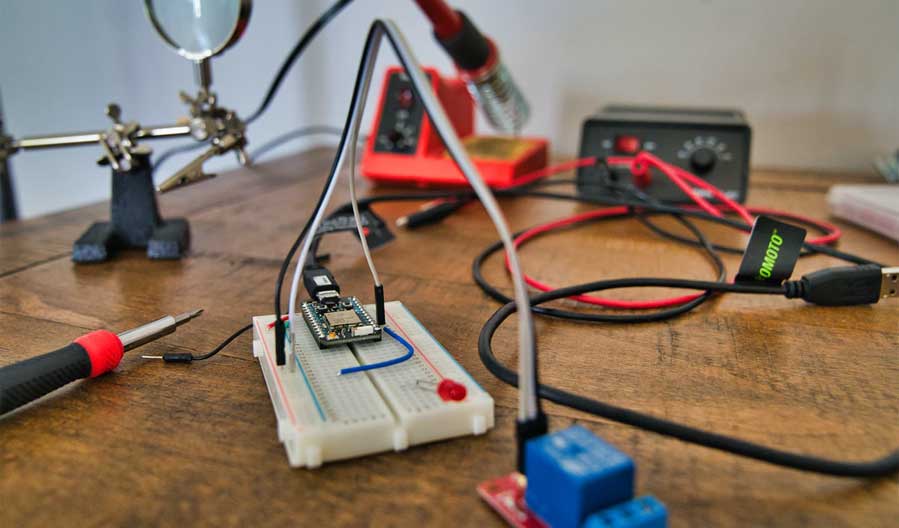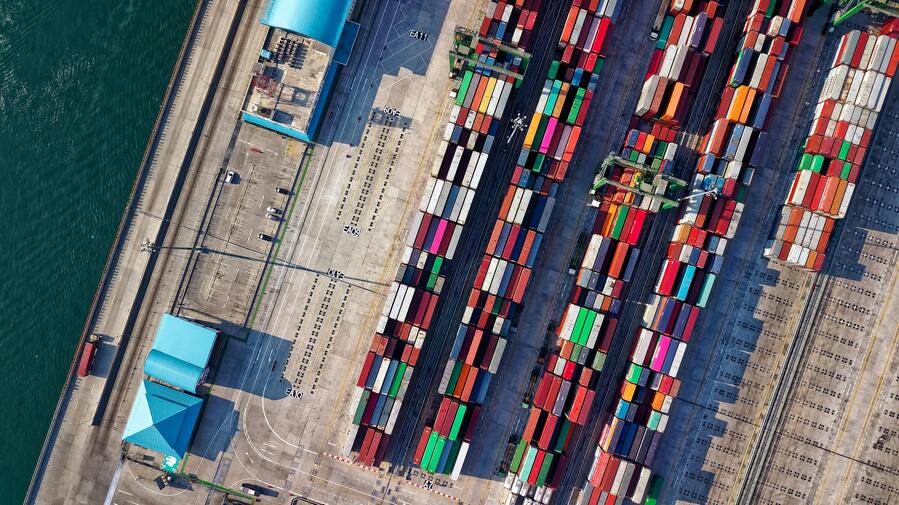It is estimated that the so-called “Internet of Things IoT” will reach up to 50 billion devices by 2020. It also has the peculiarity that all these devices are responsible for generating a large amount of data that can be analyzed and stored. However, this type of task sometimes exceeds the capacity of the cloud.
Some of the major obstacles they are facing in terms of growth are due to bandwidth and also waiting times. Edge computing represents a change of era in cloud computing.
What is edge computing?
Edge computing is a design model for IoT environments. It is characterized by providing computing resources (such as storage space and processing power), to end devices and data generating sensors. In this way, the edge computing concept emerges as an alternative to conventional cloud services with central servers.
In short, edge computing data processing is not carried out centrally in the cloud, but in a decentralised manner at the edge of the network. In this way, edge computing offers what until now the cloud has not been able to:
- Servers that can analyze mass data from intelligent factories.
- Supply networks with no waiting time and which can take immediate action if something happens.
Multi access edge computing
MEC are cloud services that run at the edge of a network and perform specific tasks in real time.
that would otherwise be performed in the cloud.
They allow running applications with services that require unique connectivity characteristics, such as ultra-low latency, thanks to their high responsiveness.

Basic concepts of edge computing
Edge computing is considered to be the new architectural concept for IoT environments. In this way, existing technologies will be structured in a new way.
What are the concepts you should know about edge computing?
- Edge: In computer jargon, “edge” is the name given to the edge of the network. You should know that the network components that belong to the edge, will vary depending on the situation.
- Edge devices: an edge device is any device that generates data at the edge of the network. Normally, the most common data sources are: sensors, machines, vehicles, IoT devices etc.
- Edge gateways: this concept refers to a computer that works as an intersection between two networks. When we talk about an IoT environment, edge gateways are used as points that connect the Internet of things to the central network. That network is going to be composed of routers that will have enough processing power to be able to manage the IoT data. Another thing you should know is that edge gateways have different interfaces to accommodate different communication standards and cable or radio transmission technologies such as Ethernet, WLAN, Bluetooth, 3G mobile phone, LTE, Zigbee, Z-Wave, CAN Bus, Modbus, BACnet or SCADA.
Advantages of edge computing
To give you a reference, the data that a drilling rig creates is 500 gigabytes per week, and if we’re talking about a turbine on a passenger plane it would be 10 terabytes in just 30 minutes. When it comes to data created over mobile networks, the amount of data is such that it can’t even be uploaded to the cloud (nor analyzed in real time).
But to all this, we also have to add the costs that occur due to the use of other networks. This means that we have to decide at once which data are being generated and are really interesting, to be sent and stored in the central system and which have to be analysed in the same place (and this is where edge computing comes in).
Nowadays, most of the data generated through the Internet is loaded in central units. However, many data sources are mobile and too far away from the central computers to guarantee acceptable latency. When we talk about machine learning and predictive maintenance among some of the most advanced technologies, we will see that there are great challenges in terms of digital transformation.
If we talk about private use of the Internet, or 5G technology, edge computing does not offer solutions, but questions such as: would it really be necessary to process all the data from the IoT environment in the cloud?
In this way, edge computing emerges as a complement, not a substitute, as it provides a differential value with respect to data collection and aggregation, local data storage, monitoring with AI and M2M communication, among others.

Which sectors can be applied to edge computing? Edge computing examples
Edge computing can be applied to multiple sectors, although they are usually related to the IoT environment, following a concept of decentralised cloud architecture. At present, an important growth stimulus for edge computing technology is the great demand for communication systems that can operate in real time.
Decentralized data management is a key technology for edge computing projects:
- Communication between car-to-car vehicles: Connected vehicles are going to be much more than “internet-connected cars”. The mobility of the future includes both car-to-car communication and autonomous driving. Thus, real time data exchange between vehicles and with other communication points becomes essential.
- Intelligent electric networks: the electric network will be adaptive. Energy management systems will be integrated, allowing power fluctuations to be adapted automatically. The electrical load will be connected to the generators in a decentralized way. Moreover, as renewable energies advance and are implemented in the population, not only will energy be obtained, but also data to generate, store and consume it. In this way, greater efficiency can be achieved.
- Intelligent factories: in the most advanced cases, they will not require human intervention. Intelligent factories will be created with devices, machines and all kinds of sensors connected and communicating with each other through IoT. In this way, production processes are managed more efficiently.
And you, did you know what edge computing is?









